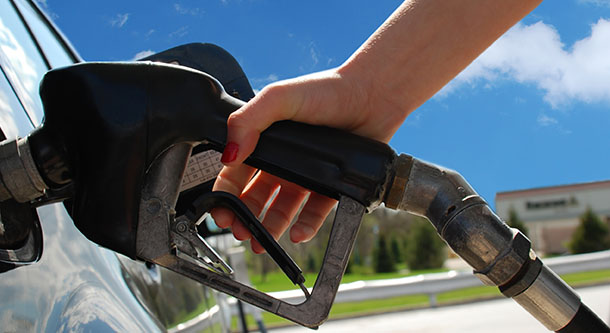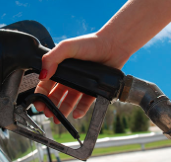Pump prices could range from $2.80 to $3.00 a gallon by the summer driving season.
TOPEKA – Motorists in Kansas, as well as drivers across the United States, could see higher prices at the gas pumps due in large part to the re-imposition of economic sanctions on Iran, warns AAA Kansas. By summer, Americans could see the national average price of a gallon of regular unleaded gasoline ranging from $2.80 to $3.00. The summer driving season is only 20 days away, and it runs along the bookend summer holiday weekends, from Memorial Day to Labor Day.

Today’s average gas price in Kansas is $2.58, up 12 cents in the past month. One year ago, gas cost $2.18/gallon on average across the Sunflower State.
Motorists are already seeing much higher gas prices. Currently at $2.81, today’s national average is the highest since 2014. Consumers abhor $3 gasoline, but not as much as they used to do. More than ever before, consumers are also willing to pay more for gas during summer and even into the fall, as a 2018 NACS consumer survey reveals.
“Though anticipated, today’s White House decision brings a wide variety of global and domestic impacts,” said Shawn Steward, AAA Kansas spokesman.” In the United States, one of the largest potential impacts could be increased crude oil prices due to reinstated sanctions on Iran. In turn, this could lead to increased gas prices later this summer.”
However, most motorists might not see any immediate impacts at the gas station. It can takes weeks, sometimes months, for the market increase to translate over to retail prices. The retail increase will be dependent on how expensive crude oil price goes and the duration at which crude sells at the higher price point in the market.
-
On one hand, if in the end crude oil remains at $68-$70/ a barrel (bbl.), prices will not be that much more expensive this summer than they are now.
-
On the other hand, if crude sells for $70+/bbl. for an extended amount of time, the national average could hit $3/gallon this summer.
Spending more on gasoline concerns consumers because it reduces savings and spending for everything else we need, notes AAA Kansas.
There are practices and behaviors drivers can undertake to increase gas mileage and, thus, save money on fuel, AAA Kansas says:
-
Accelerate gradually. Avoid jackrabbit starts.
-
Anticipate your stops. When approaching a red light, let your foot off the gas as early as possible.
-
In summer, drive during cooler parts of the day. Cooler, denser air can boost power and mileage.
-
Avoid long warm-ups in the morning. They’re unnecessary and waste fuel.
-
Use air conditioning. Today’s air conditioners create less drag on the engine than driving with the windows open.
-
Maintain recommended tire pressure. Low pressure reduces fuel economy and can damage tires.
-
Keep the air filter clean. Clogged filters reduce fuel economy and increase exhaust emissions.
-
Drive the speed limit.
